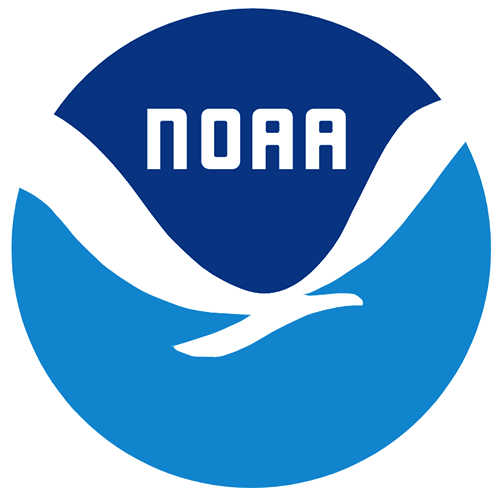2007 USACE NCMP Topobathy Lidar: Lake Huron (MI)
Welcome Guest ( Sign In )
NOAA
 This is a bare earth data set. The data contained in these files contain hydrographic and topographic data collected by the CHARTS
system along the Lake Huron coast of Michigan from August 25 - September 26, 2007. The data were collected and processed in geographic
coordinates and ellipsoid heights. The positions were relative to NAD83 in decimal degrees of longitude and latitude. The heights were
converted from ellipsoid to orthometric heights (NAVD88) using the Geoid03 model with the results in meters. For data storage and
provisioning purposes, the NOAA Office for Coastal Management converted the data from NAVD88 heights to ellipsoid heights using GEOID03.
CHARTS integrates topographic and bathymetric lidar sensors, a digital camera, and a hyperspectral scanner on a single remote sensing
platform for use in coastal mapping and charting activities. Data coverage generally extends along the coastline from the waterline inland
500 meters (topography) and offshore 1,000 meters or to laser extinction (bathymetry). The topographic lidar sensor has a pulse repetition
rate of 9 kHz at 1064 nm (near-infrared wavelength). The bathymetric lidar sensor has a pulse repetition rate of 1 kHz at 532 nm
(green wavelength). Native lidar data is not generally in a format accessible to most Geographical Information Systems (GIS). Specialized
in-house and commercial software packages are used to process the native lidar data into 3-dimensional positions that can be imported into
GIS software for visualization and further analysis.
Original contact information:
Contact Org: JALBTCX
Title: Data Production Manager
Phone: 228-252-1111
Email: shoals-info@sam.usace.army.mil
This data set is an LAZ (compressed LAS) format file containing LIDAR point cloud data.
This is a bare earth data set. The data contained in these files contain hydrographic and topographic data collected by the CHARTS
system along the Lake Huron coast of Michigan from August 25 - September 26, 2007. The data were collected and processed in geographic
coordinates and ellipsoid heights. The positions were relative to NAD83 in decimal degrees of longitude and latitude. The heights were
converted from ellipsoid to orthometric heights (NAVD88) using the Geoid03 model with the results in meters. For data storage and
provisioning purposes, the NOAA Office for Coastal Management converted the data from NAVD88 heights to ellipsoid heights using GEOID03.
CHARTS integrates topographic and bathymetric lidar sensors, a digital camera, and a hyperspectral scanner on a single remote sensing
platform for use in coastal mapping and charting activities. Data coverage generally extends along the coastline from the waterline inland
500 meters (topography) and offshore 1,000 meters or to laser extinction (bathymetry). The topographic lidar sensor has a pulse repetition
rate of 9 kHz at 1064 nm (near-infrared wavelength). The bathymetric lidar sensor has a pulse repetition rate of 1 kHz at 532 nm
(green wavelength). Native lidar data is not generally in a format accessible to most Geographical Information Systems (GIS). Specialized
in-house and commercial software packages are used to process the native lidar data into 3-dimensional positions that can be imported into
GIS software for visualization and further analysis.
Original contact information:
Contact Org: JALBTCX
Title: Data Production Manager
Phone: 228-252-1111
Email: shoals-info@sam.usace.army.mil
This data set is an LAZ (compressed LAS) format file containing LIDAR point cloud data.
